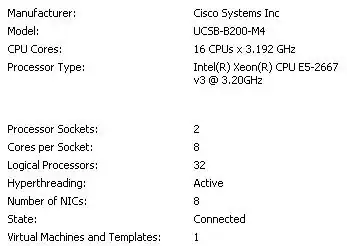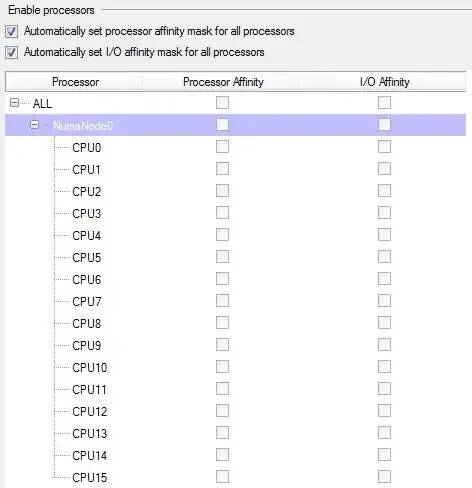We have a ESX host:

It has 2 CPU x 8 cores each, and HT enabled. So, total 16 physical cores or 32 logical cores.
It has a single dedicated SQL VM on it (no other VMs run on this host), and it has 16 vCPUs assigned:

and the SQL NUMA config looks like:

Does it mean these 16 vCPUs map to the 16 logical cores in 1 CPU, and that the other CPU containing 16 more logical cores is sitting idle?
Will increasing it to 32 vCPUs make a difference?
I found this article, that says do not assign more vCPUs than actual physical cores, regardless of logical cores. Why not?